Xi Jinping and Donald Trump to meet in Busan on 30 Oct amid efforts to stabilise U.S.-China relations
China has confirmed that President Xi Jinping will meet U.S. President Donald Trump in Busan, South Korea, on 30 October, marking their first face-to-face talks since Trump’s return to office. The summit aims to reset trade ties after months of renewed friction.
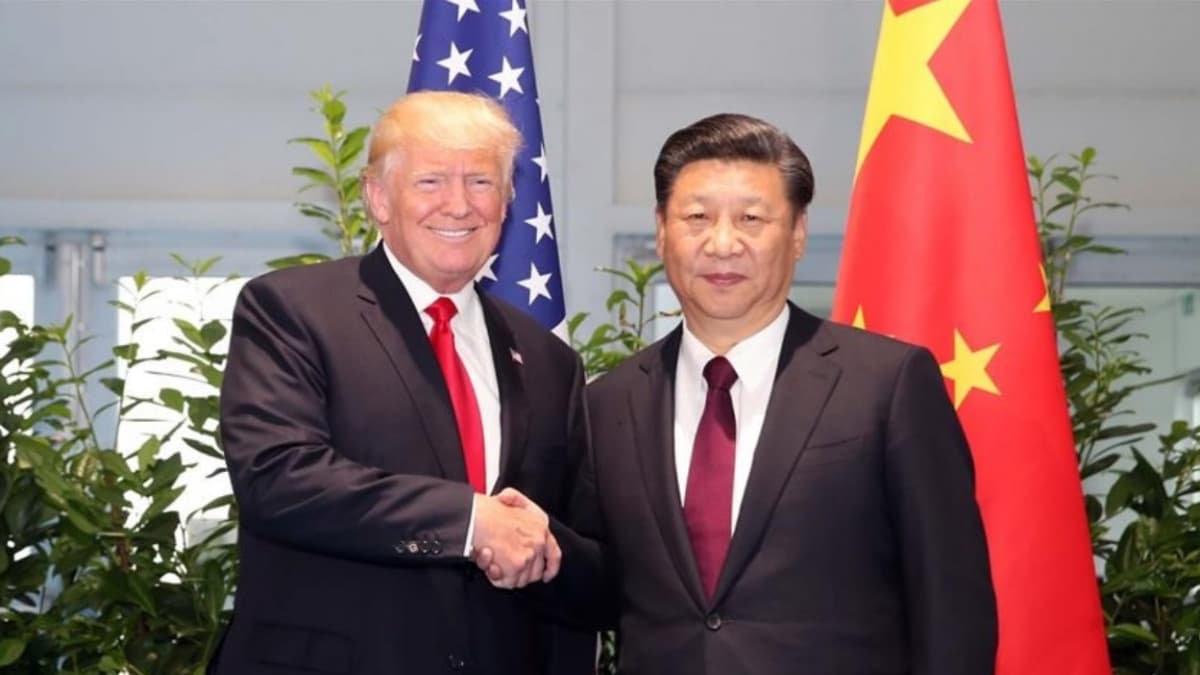
- China’s Foreign Ministry has confirmed that President Xi Jinping will meet U.S. President Donald Trump in Busan, South Korea, on 30 October.
- The summit will focus on repairing strained U.S.-China trade relations and addressing tariffs and technology restrictions.
- The meeting follows escalating tensions, including new U.S. export controls and China’s expanded rare earths licensing regime.
China’s Foreign Ministry has confirmed that President Xi Jinping will meet U.S. President Donald Trump in Busan, South Korea, on 30 October.
The summit will focus on bilateral relations and issues of “mutual interest”, according to the ministry’s statement on Wednesday.
The announcement marks the first official confirmation from Beijing and the first in-person meeting between the two leaders since Trump assumed office earlier this year and imposed sweeping global tariffs.
According to the ministry, Xi will also attend the 32nd APEC Economic Leaders’ Meeting in Gyeongju and conduct a state visit to South Korea at the invitation of President Lee Jae-myung from Thursday to Saturday.
Diplomatic reset amid trade tensions
The Busan meeting comes at a time of renewed strain between the world’s two largest economies. Both sides have signalled readiness to negotiate following months of tariffs, export curbs, and competing economic policies.
During his flight to South Korea, Trump told reporters aboard Air Force One that he anticipated a “great meeting” with Xi, adding that “a lot of problems are going to be solved”.
He also indicated that tariffs linked to fentanyl-related trade could be reduced ahead of the talks.
At an address to CEOs during the APEC summit, Trump said he believed the U.S. was “going to have a deal with China” that would be “a good deal for both.”
Economic and political backdrop
Washington has hinted at possible concessions, including delaying restrictions on Chinese rare earth exports and progressing on a deal involving the divestment of TikTok’s U.S. operations from parent company ByteDance.
Beijing, however, has been more restrained. Analysts suggest China’s key demand is a rollback of U.S. tariffs on its goods.
Those duties were sharply increased in April before both sides agreed to a 90-day pause, set to expire in mid-November.
Trump has warned that new tariffs of up to 100% could follow if no progress is made.
Technology and rare earths in focus
Technology access remains a central point of contention. Over the past three years, Washington has tightened export controls on advanced U.S. chips, including Nvidia’s Blackwell GPUs, leaving American firms struggling to maintain their China market share.
Trump has suggested that the restrictions on Nvidia’s chips could be a discussion point during his meeting with Xi. Beijing, meanwhile, has emphasised the need to build self-reliant technological capacity, unveiling plans last week to boost domestic innovation over the next five years.
China has also moved to strengthen its leverage in rare earth materials — key inputs for advanced electronics — by expanding its export licensing regime earlier this month. The new rules cover products containing even minimal amounts of Chinese-sourced rare earths.
Analysts link this move to the U.S. decision on 29 September to extend its technology restrictions to majority-owned subsidiaries of blacklisted Chinese entities, potentially affecting more than 20,000 companies.
Broader geopolitical implications
Beijing’s confirmation comes amid Trump’s broader Asia tour, which has included stops in Japan and Malaysia.
His arrival in South Korea was marked by a ceremonial welcome from President Lee, who awarded him the Grand Order of Mugunghwa for his “contribution to peace on the Korean Peninsula.”
The visit was shadowed by North Korea’s missile launches, prompting Trump to express interest in meeting Kim Jong Un, though he later noted that “timing could not be worked out.”
China’s balancing act — seeking to stabilise U.S. ties while diversifying trade towards Southeast Asia — underscores the shifting dynamics of global commerce. Since 2018, Southeast Asia has overtaken the European Union as China’s largest regional trading partner.
Observers view the Busan summit as a crucial opportunity to reset expectations. Whether it leads to a durable truce or a temporary pause in economic confrontation remains uncertain.


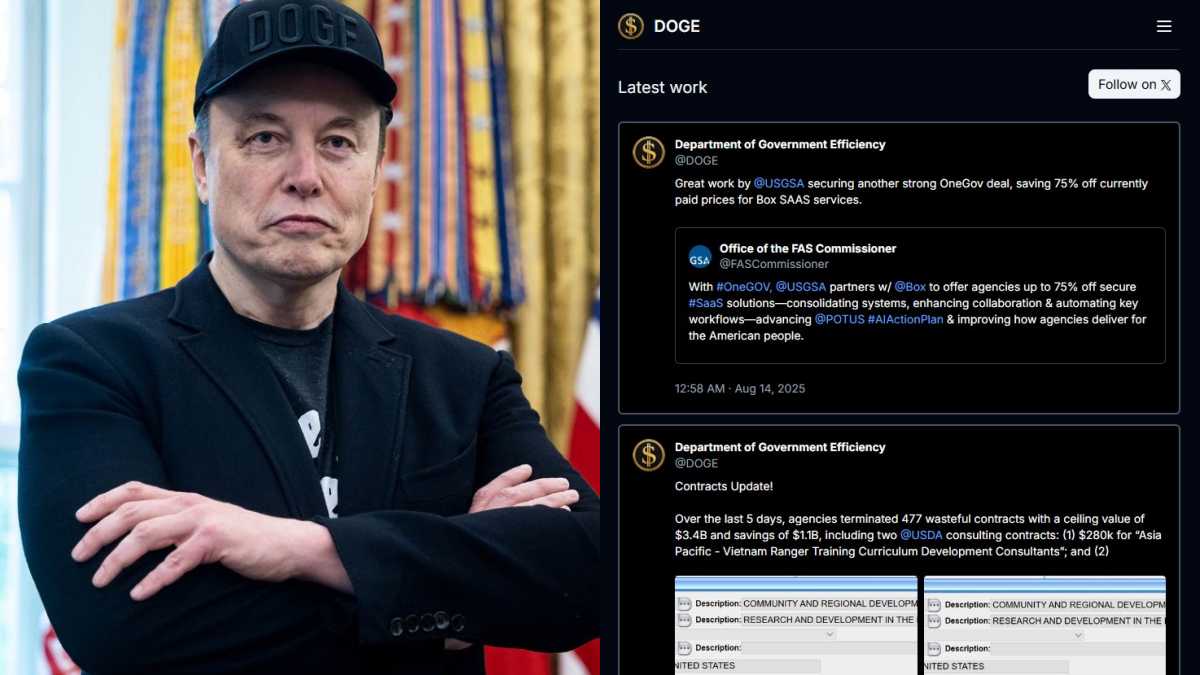
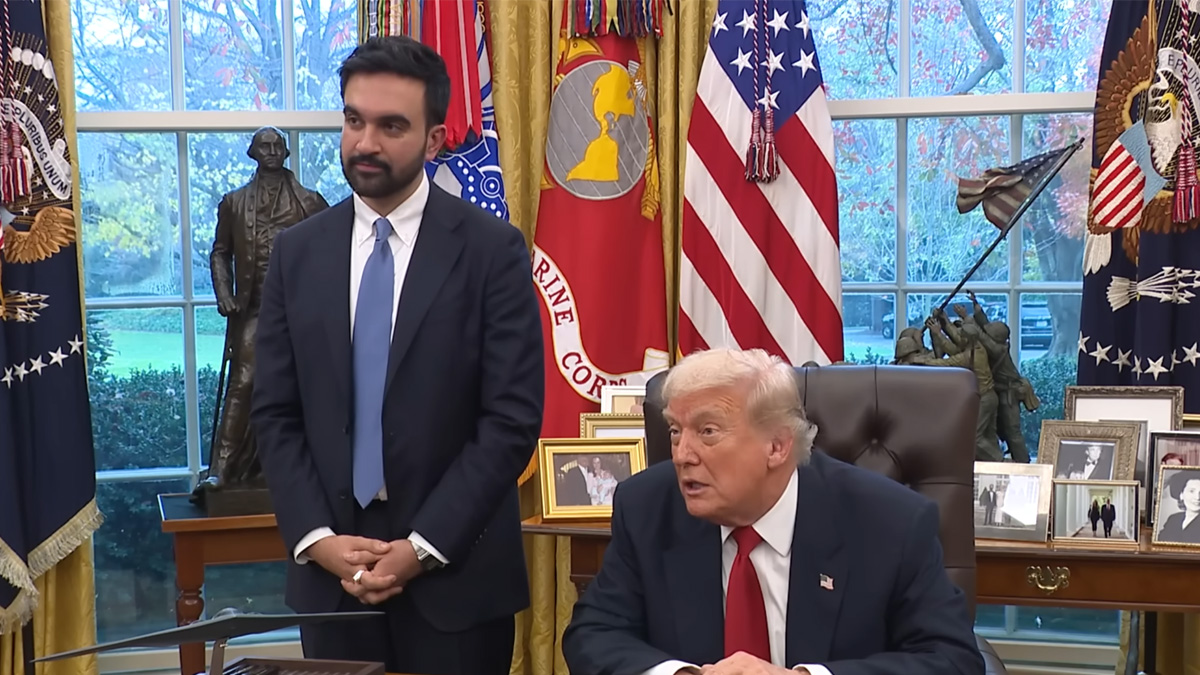
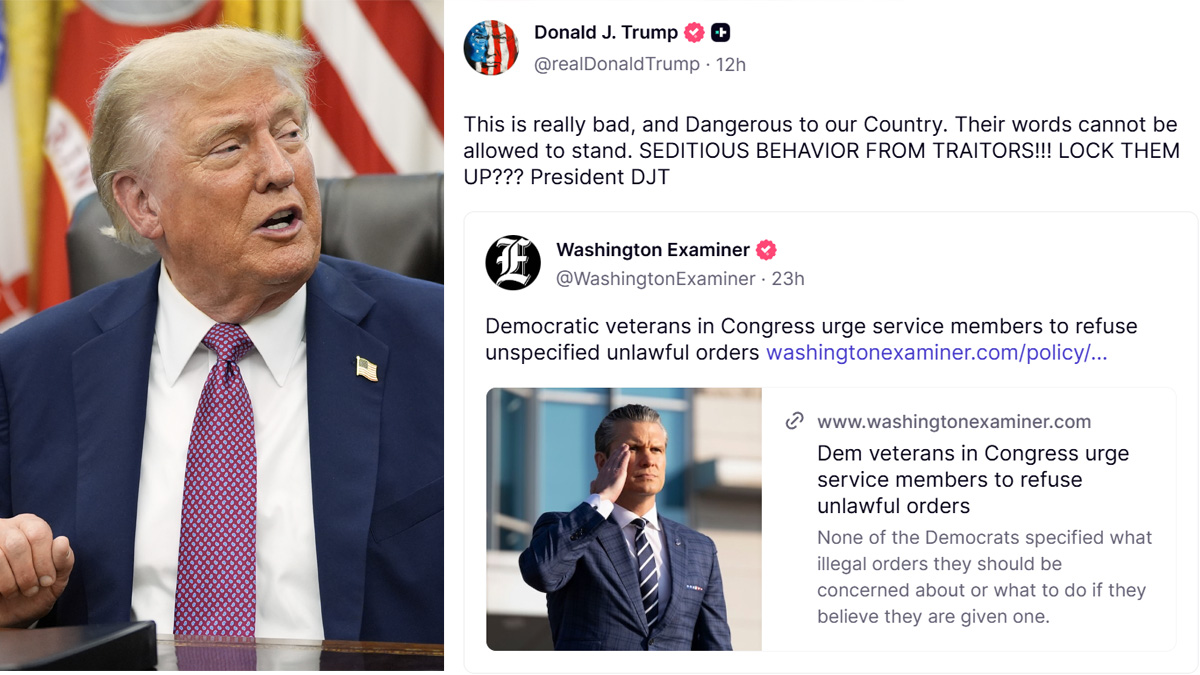

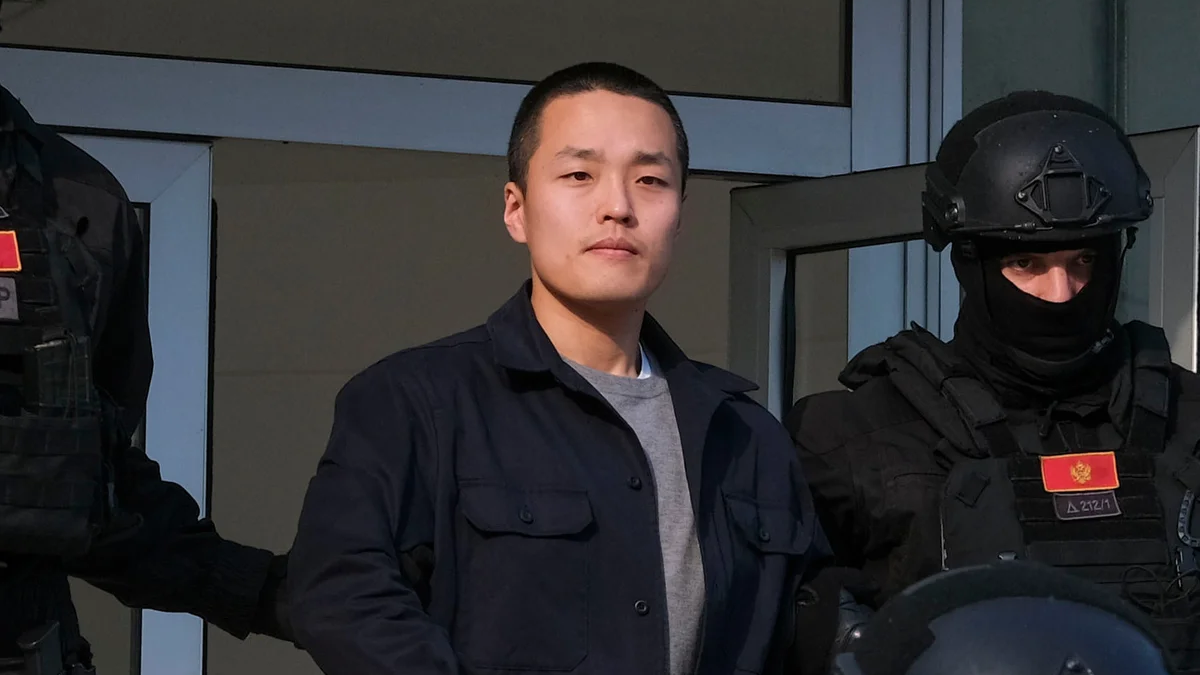
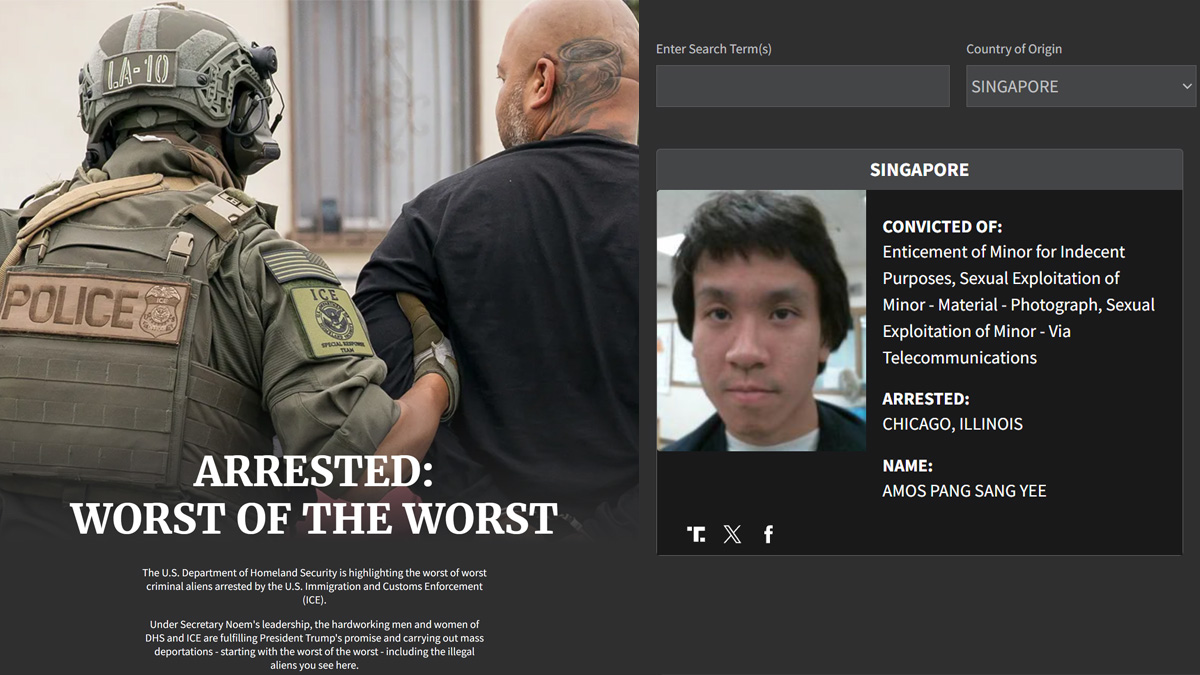

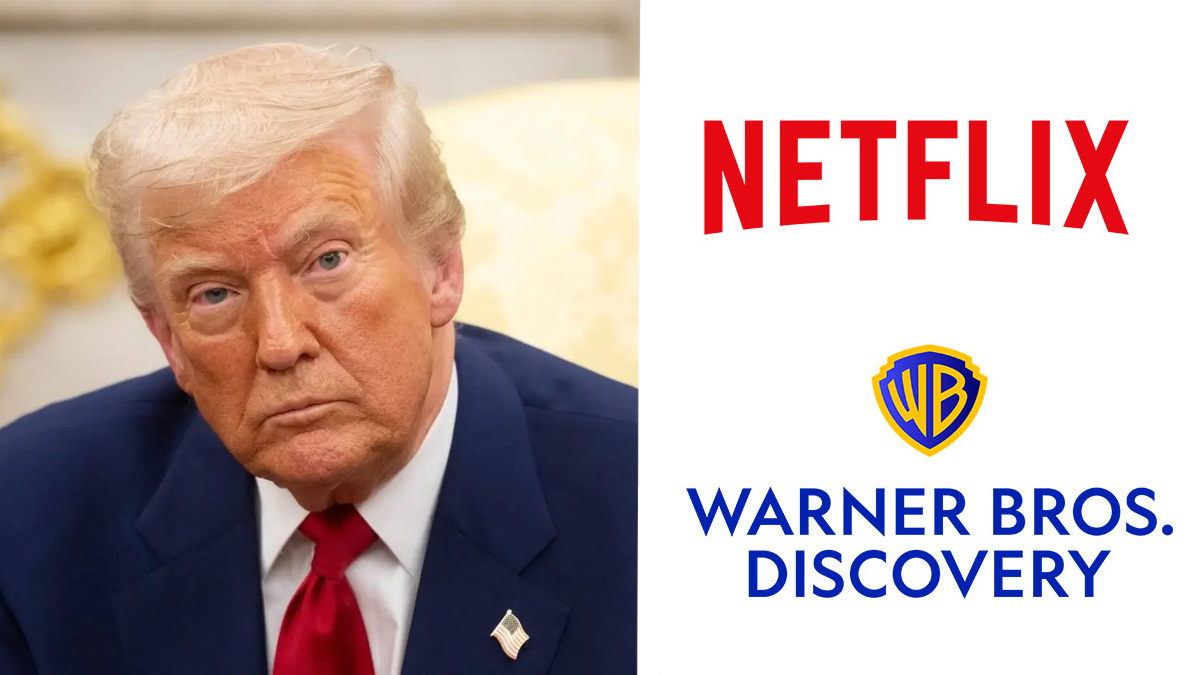


0 Comments